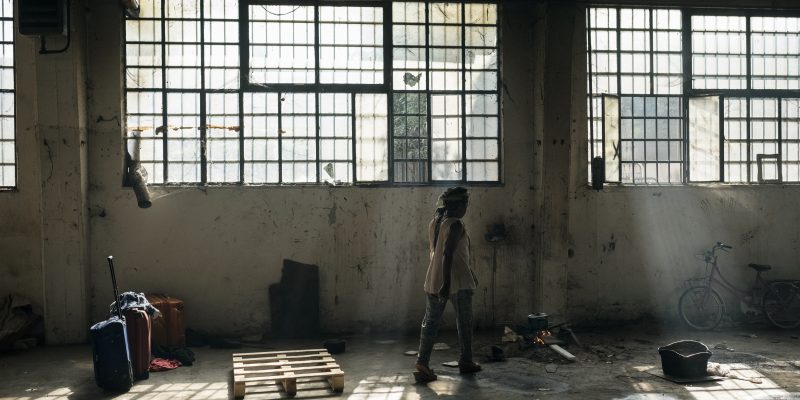1. 5 reasons why Italy’s new law on immigration and asylum is bad news
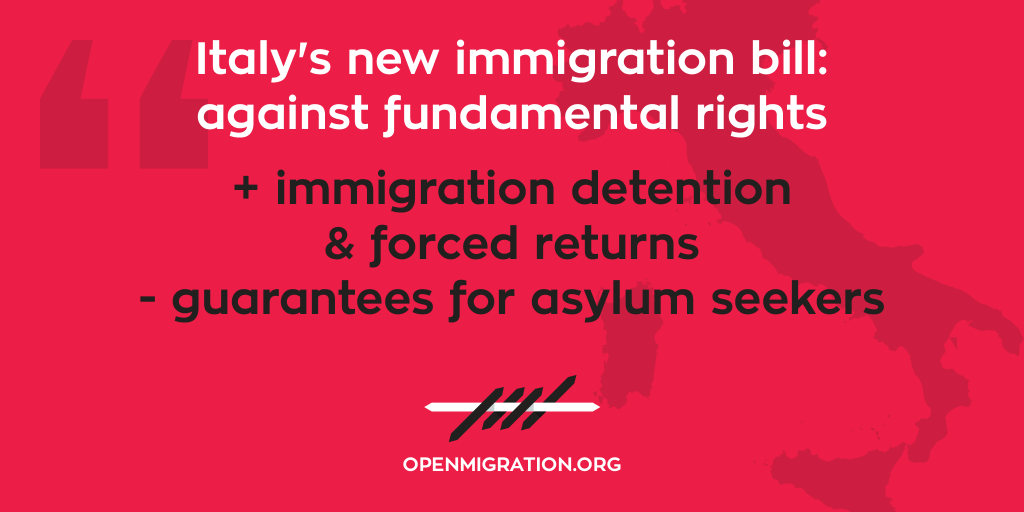
The Italian government’s long-awaited and controversial plan on immigration and asylum became a reality at the beginning of 2017. We looked critically at its 5 main points already when it was firstly announced in January, and put together 5 reasons on it being bad news when it became law in April. As well put by Lorenzo Trucco, president of the Association for Juridical Studies on Immigration (Asgi), “There are many ways to build a wall: with concrete or with laws.” And nowadays migrants and asylum seekers officially have fewer rights.
2. What’s behind the attack on humanitarian Ngos saving lives at sea
This summer’s hot topic has been the attack on humanitarian NGOs saving migrants lives at sea – marking a new low in the trend of criminalising those helping migrants and refugees in Europe. In the light of the complexity and sensitivity of the topic, we have put together an essential reading-list:
• A fundamental legal guide to rescues at sea;
• Why and how the humanitarian Ngos *really* work at sea, by Giacomo Zandonini;
• Accusations against Ngos at sea: what is false or misleading in that smear campaign, by Lorenzo Bagnoli & Francesco Floris;
• Logbook of a rescue mission, by Giulia Bertoluzzi;
• Eight things we have learnt from the papers on the Iuventa, by Marina Petrillo;
• Who is behind the attack on Ngos? A profile of Gefira Foundation and the identitarian movement, by Lorenzo Bagnoli;
3. “The deal with the devil”: on Italy & Libya
It appears the European Union and Italy are willing to do pretty much anything to stop the migrants from reaching Europe’s coasts. Including striking deals with the devil at the expense of fundamental human rights – as it is the case for the partnership with Libya – and its aggressive coast guard – on border management. But training the Libyans really isn’t a good strategy to stop migrants, explains Francesco Floris’ analysis.
4. Border crossing deaths
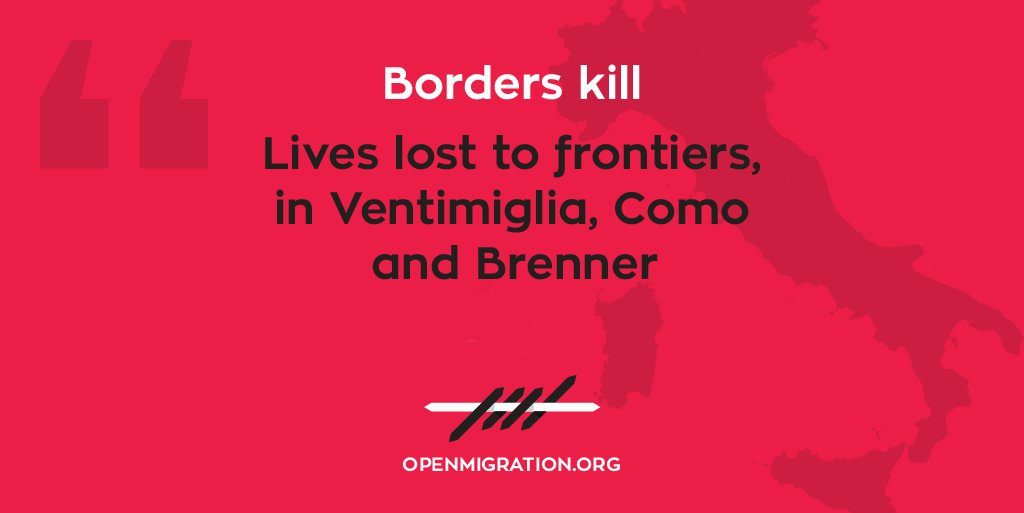
Drowned, run over, fallen, and electrocuted, migrants keep dying in their attempts to cross the border or get lost and hurt themselves in dangerous places. A three-part investigation by Michele Luppi and Andrea Quadroni about border deaths in Ventimiglia, Como and Brenner.
5. No home in Rome
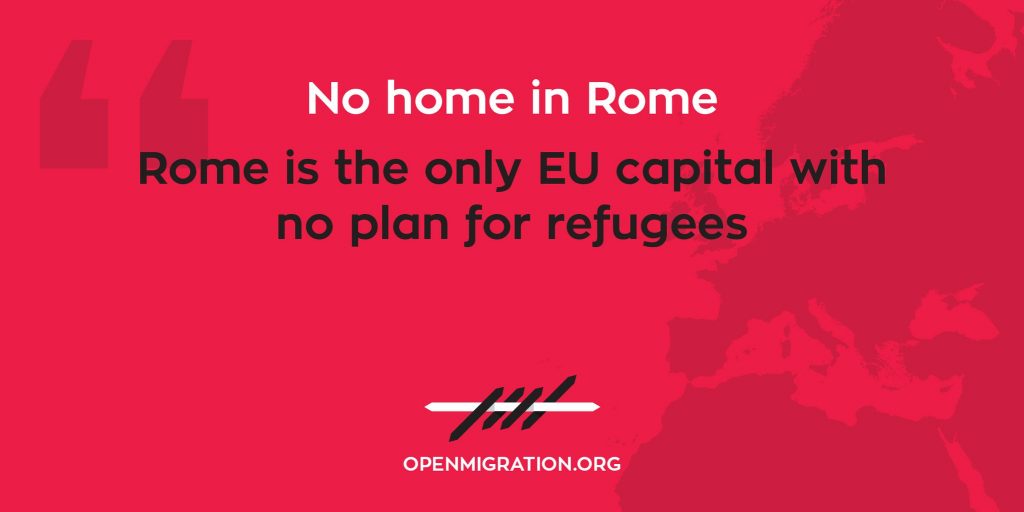
Rome is still the only European capital without an official plan for migrants and refugees, who are left to fend for themselves. Eleonora Camilli has mapped out the situation in the eternal city for us in a three-part investigation – starting with a recognition of volunteers’ responses and then proceeding with a reconstruction of refugees’ squats (as well as recounting the drama of the eviction of Piazza Indipendenza’s housing occupation).
6. Forced migration and gender: the voices of women asylum seekers and victims of trafficking
Forced migration are also a matter of gender. Female migration is, in part, a different phenomenon from its male counterpart. This has to do with the reasons for leaving (often related to domestic violence and forced marriage) coupled with reduced autonomy in the decision-making process, as well as the risks the women face, which range from forced prostitution to acts of violence during the journey – as explains Francesca Romana Genoviva’s thorough analysis. Data from international organizations also indicate a great increase in the number of victims of trafficking, mostly young Nigerian women, and Claudia Torrisi’s investigation recounts their path from Nigeria to Catania.
7. The long wait of young unaccompanied migrants in Italy
There have never been as many young unaccompanied migrants in Italy. Giacomo Zandonini in-depth analysis of the phenomenon deals with the underestimated numbers, the great problem of verifying age, reception centres that don’t work, and the subsequent flight from those structures. We put together key data as we reflect on a complex phenomenon that needs more adequate responses.
8. How Tunisians seek memory and justice for deaths at sea
In Zarzis, in southern Tunisia, the victims of the Libyan route are washed ashore by the currents, or retrieved while floating in the sea. They are the men, women, and children who have drowned in their attempt to cross the Mediterranean and reach Europe. Hardly a day passes by without fishermen or volunteers recovering a dead body. It is often impossible to identify them, but the fishermen struggle to give a proper burial to the nameless ones too, even if only under the sand dunes – as narrated in Giulia Bertoluzzi’s reportage.
Meanwhile, Tunisian women are fighting hard to seek truth and remembrance for their sons and husbands who have disappeared while attempting to reach Europe – as recounted, in words and pictures, by Sara Manisera and Arianna Pagani.
9. Forced returns at all costs – the case against Italy at the ECHR
We have already commented on how far the EU and Italy appear to be willing to go in order to stop migrants from reaching their shores. But the argument also applies to those who have already arrived and must nonetheless be pushed back – at all costs. This is well illustrated by the case of 48 “irregular migrants” that Italy forcibly returned to al-Bashir’s Sudan in August 2016. Some of them have appealed to the European Court of Human Rights (ECHR) and now Italy once again risks being convicted, following its one for forced removals to Libya under Gaddafi. Four things to know about this case and why it is so important, by our own Corallina Lopez Curzi.
10. The role of big data in refugee contexts
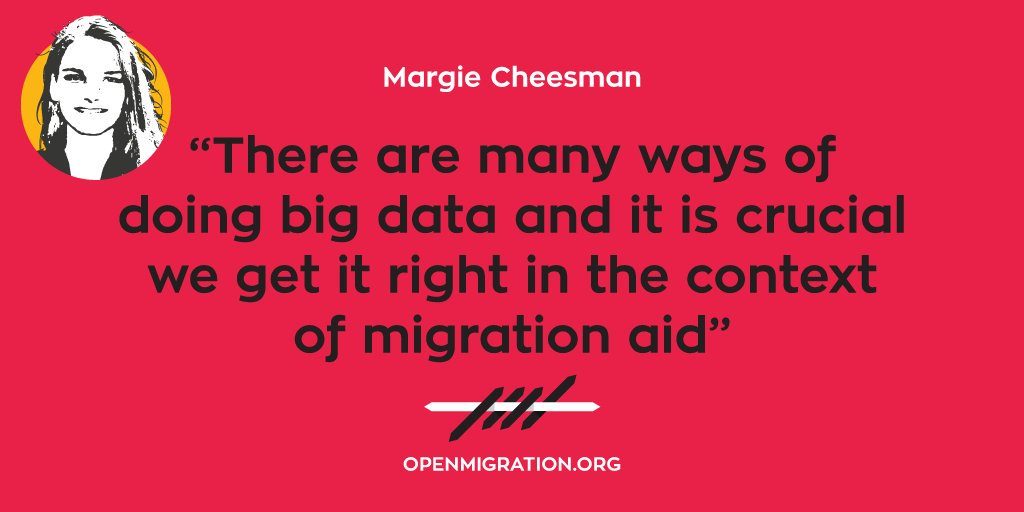
How can big data analytics help map the trends in ongoing migration, describe the sentiments in the countries involved, or predict areas of conflict? There are many ways of doing big data and it is crucial we get it right in the context of migration aid, argues Margie Cheeseman’s analysis.
Header photo: Francesco Pistilli for Open Migration.
PS On 28th December, we celebrate our second birthday – and you can get us a present!




